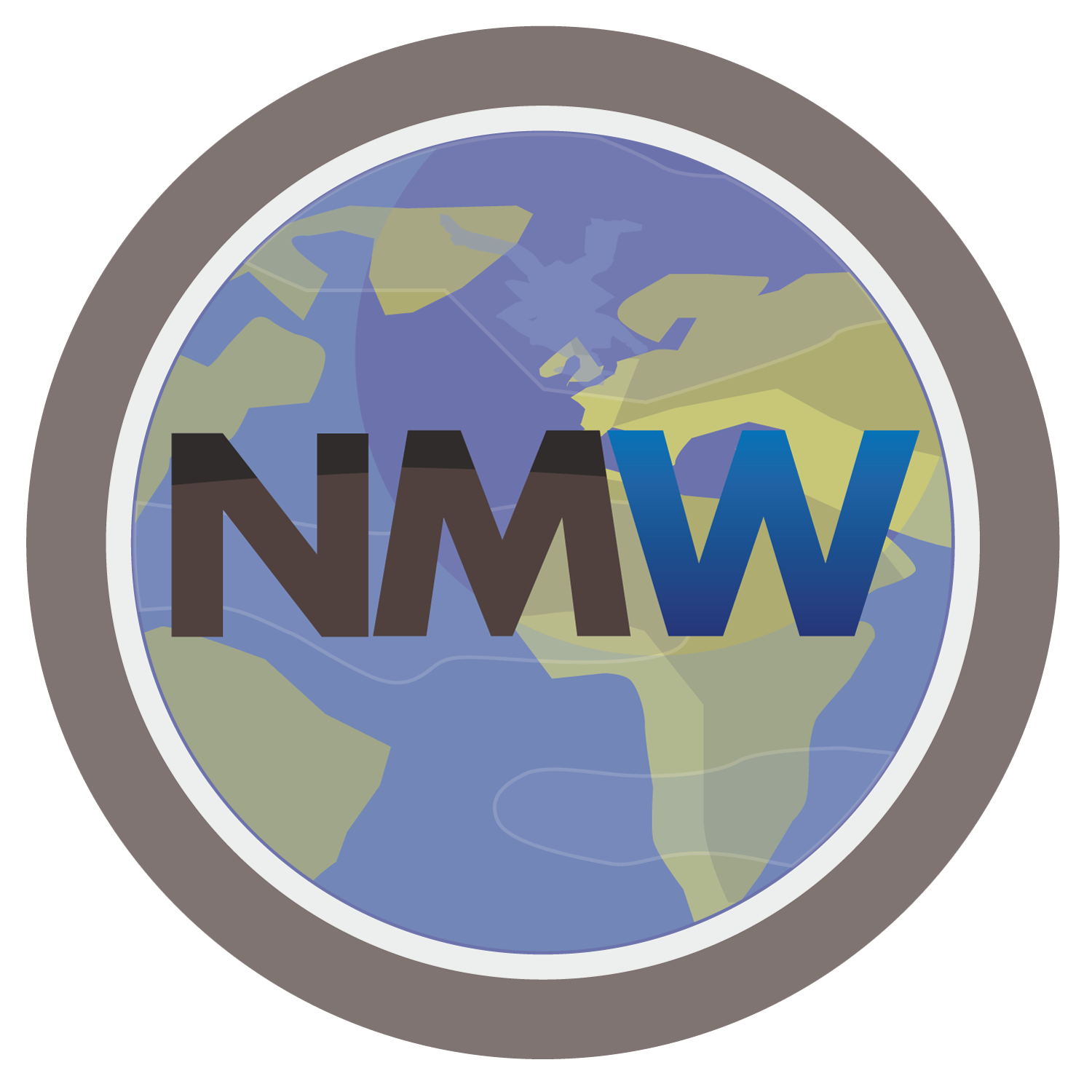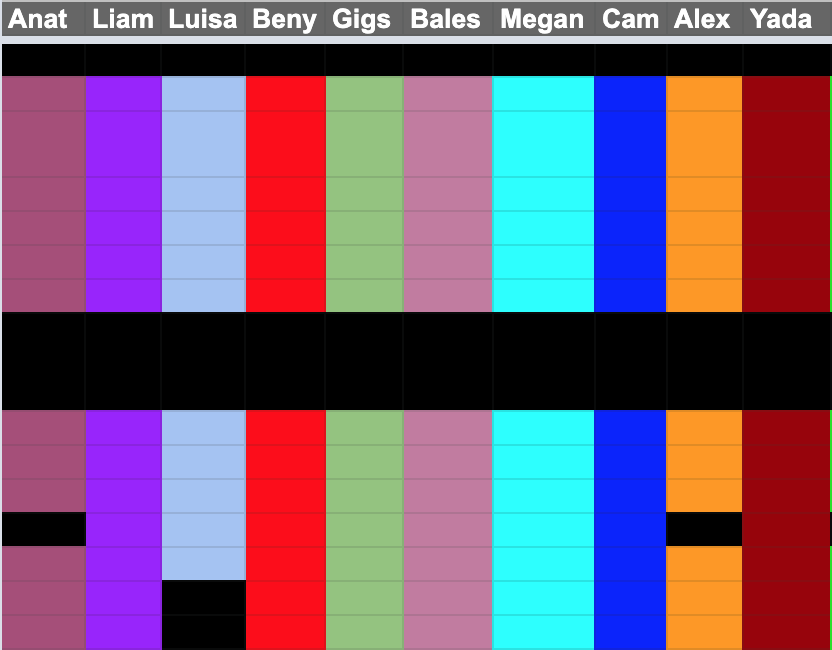Lindsay Clark | Learning & Instructional Design Portfolio
Seven years of teaching and instructional design at an innovative traveling high school are not easily summed up in a portfolio. Time was limited. Gear was ample. Expectations were high. Creativity was a must. Here are some of the ways I approached learning and instructional design for both international students and staff, using our 3:1 Apple product ratio to person to our advantage.
“Deschooling” Orientation using Google Sites
Botswana | July - September 2017
I co-developed a “Deschooling” program to orient new students to our approach to learning and actively toss out some of the dated norms of high schooling that go counter to the TGS philosophy. I spearheaded the inclusion of vlogs by faculty to increase familiarity before students flew across the globe to meet us.
I built the Deschooling program on Google Sites as we continued to beta test the project-based learning LMS called Headrush, developed by the former THINK Global School’s technology team.
21st Century Skills through The newMedia Lab
Worldwide | April 2012 - June 2016
I built the newMedia Lab curriculum as a separate high school class to support high quality assessments in other disciplines and to allow for differentiation within the same classroom. The curriculum model is a “sand dollar” with five sections that represent different media forms: written, audio, still, video, and social. Units are written to easily classify new skills on a resume. Students spiraled around the “sand dollar” each semester, and with every revolution skill expectations rose to incorporate greater technical skill, blending of media forms, and encouraged public performance of those skills.
TGS Leadership regularly presented on The newMedia Lab at international conferences to highlight our effective technology use and cross-curricular collaboration.
Public Performances for effective Project-Based Learning
Ecuador 2011 | USA 2013 | Japan 2014 | Greece 2015 | Italy 2016
One of my most powerful solutions for engaging learners has been giving them ownership of a project and an expectation of a public performance at the end. This is project-based learning best practice and encourages the work to not only be of high quality but to center the community to which it will be presented. This place-based orientation makes it more relevant to learners and easier to retain the skills developed as a result of the work.
Evaluating Faculty Tech Skills with Google Sheets
Auckland, New Zealand | Fall 2014
As a traveling educator, I didn’t have time to peruse the latest technology to serve my needs. I looked in my “toolkit” and leveraged what I had to complete the task. When faculty learned they would need to go online instead of travel to Istanbul, Turkey, I quickly indexed all necessary tech skills for being an effective e-teacher. I worked with each teacher to assess their skills and develop a strategy for developing more in time for our e-learning term.
…and Digital Portfolio Tracking across the years
Sometimes the simplest tool is the best one, especially if it allows for easy collaboration. I created a tracking spreadsheet to illustrate for students a clear path towards the completion of their digital portfolios, a graduation requirement. Over the years, students could see how their work mirrored that of graduated students as well as faculty members aiming to produce high quality portfolios for their PLCs.
Audio Podcasts for Content Delivery in a time crunch
Japan | 2014
When our school calendar crunched and took 15 minutes away from my weekly class, I decided to flip my classroom and utilize the 45 minute commute to school to share audio podcasts that covered the day’s content. This maximized in-class time to ask questions, experiment with the media tools, and create high work without sacrificing quality.






